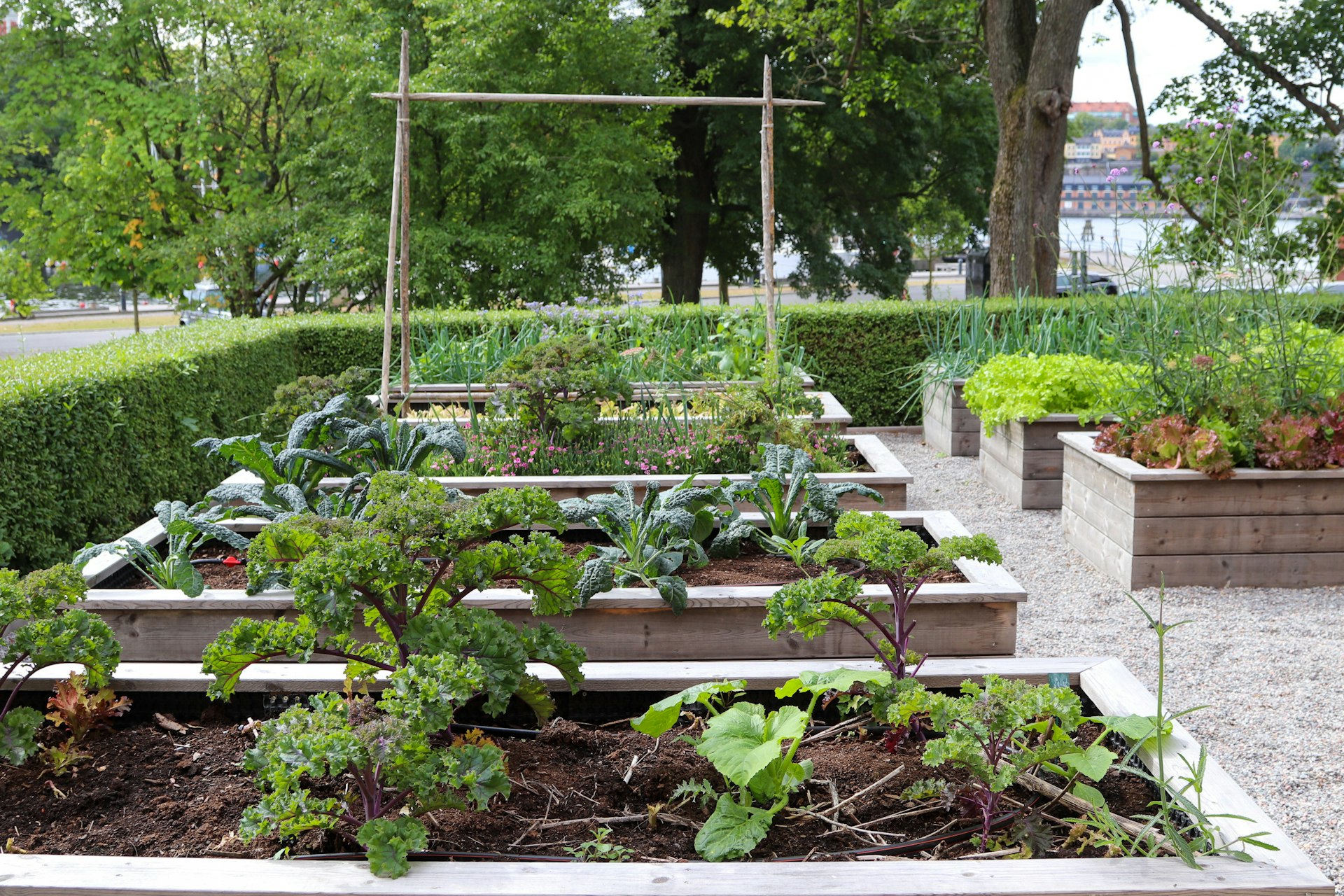Essential Tiny House Living Tips: Create Comfort, Maximize Space, and Thrive in Small Spaces

Photo by Josh Hild on Unsplash
Introduction
Making the shift to a tiny house is more than just moving into a smaller space-it’s a complete lifestyle transformation. For those seeking financial freedom, a lower environmental impact, and a more intentional way of living, tiny home living offers unique rewards and challenges. This guide covers actionable tips, real-world examples, and detailed steps to help you thrive in your new tiny house lifestyle, no matter where you are on your journey.
1. Assessing Your Fit for Tiny House Living
Before investing in a tiny house, take time to evaluate your current lifestyle and needs. Ask yourself: Do you value minimalism, or do you have hobbies that require space? Consider your daily routines, storage requirements, and whether you’ll be living alone or with others. Tiny houses generally range from 100 to 400 square feet, so understanding your space needs is crucial. If you’re unsure, try staying in a tiny house rental for a week. Many platforms, such as Airbnb, offer listings for tiny home stays so you can experience the lifestyle firsthand. Doing so helps avoid costly mistakes and ensures the lifestyle aligns with your expectations and comfort level [4] .
2. Choosing the Right Tiny House Type
Tiny homes come in various forms, including custom builds, prefab models, and structures made from converted shipping containers. Some are stationary, while others are built on wheels for mobility. Your choice will depend on your lifestyle: frequent travelers may prefer a house on wheels, while others may prioritize stability and permanence. Research manufacturers like Tumbleweed Tiny House Company or explore local builders for custom options. Consider the legal and zoning implications in your area, as regulations can vary widely. For more on navigating tiny house laws, consult your local building authority or seek guidance from established tiny home organizations.
3. Maximizing Space and Minimizing Clutter
Space is at a premium in any tiny house. The key to comfort is ruthless decluttering. Begin by sorting your belongings and only keep what you truly need or cherish. For new tiny house dwellers, a helpful exercise is to lay out everything you plan to bring, then halve it-twice if possible. Many discover that much of what they own is rarely used. Adopting a net-zero shopping policy (only bringing in a new item if you remove something old) helps maintain balance over time [5] .
Invest in organizers and storage solutions such as Tupperware bins, magnetic spice racks, and fold-down shelving. Vertical storage-using walls for shelves or hooks-makes a small space feel larger. Under-bed drawers, toe-kick cabinets, and built-in seating with storage are highly effective. Regularly cleaning up and putting items away is more than a chore; it’s essential for maintaining a functional, stress-free environment [1] .
4. Designing a Comfortable and Personalized Home
Despite their size, tiny homes can be cozy and inviting. Use light colors and large windows to maximize natural light, creating an open and airy feel. Multifunctional furniture-such as sofa beds, folding tables, or ottomans with storage-serves dual purposes and saves precious floor space. Personal touches like rugs, throws, and compact art pieces add warmth without cluttering the room. Extend your living area by creating small decks or patios, which provide outdoor space for dining, relaxation, or entertaining guests [2] .
5. Planning for Utilities and Sustainability
Many tiny house owners seek off-grid living for greater independence. Assess your utility needs early: how will you power your home, access water, and manage waste? Solar panels are a popular choice for energy, but weather variability means backup options-like portable power stations or generators-are wise. Water storage tanks and rainwater harvesting systems, coupled with basic filtration, can provide reliable supply. Composting toilets are a low-maintenance, plumbing-free solution, while greywater systems let you reuse water for landscaping. Even grid-connected homes benefit from energy-efficient appliances and conservation strategies [3] .
Costs for tiny homes vary widely, typically ranging from $10,000 to $150,000 depending on design, materials, and self-sufficiency features. Custom builds with eco-friendly upgrades may be on the higher end, but long-term savings on utilities and maintenance often offset initial investments [1] .
6. Organization, Maintenance, and Daily Habits
Maintaining order is vital in a small space. Designate a place for everything and develop daily habits to keep things tidy. Always clean up after meals, fold laundry immediately, and regularly assess your possessions to avoid buildup. For families or couples, open communication and agreed-upon routines help avoid conflicts over space or clutter. Involve everyone in storage decisions to maximize buy-in and efficiency [5] .
7. Overcoming Common Challenges
Transitioning to a tiny house can bring unexpected hurdles-limited privacy, minimal storage, or the need for creative solutions to daily tasks. Some find it difficult to adjust to a minimalist wardrobe or kitchen, while others may miss the room to entertain. Overcome these challenges by embracing community spaces, such as shared gardens or nearby parks, and by focusing on the benefits: lower living costs, reduced environmental impact, and more time for experiences over possessions.
If you face legal or zoning issues, connect with tiny house advocacy groups or local officials who can provide up-to-date information on compliance and permits. Engage with online forums and social media groups for support, advice, and inspiration from others who have made the transition.

Photo by Surface on Unsplash
8. Step-by-Step Guide to Starting Your Tiny House Journey
- Assess your lifestyle and needs: Try a tiny house rental before committing.
- Decide on the type and size of home: Research local laws and regulations.
- Declutter and inventory belongings: Only keep essentials and favorite items.
- Plan for utilities and sustainability: Explore solar, rainwater, and composting systems.
- Design your space: Use multifunctional furniture and maximize vertical storage.
- Develop daily habits for organization and maintenance: Involve all household members.
- Connect with the tiny house community: Seek support, advice, and resources.
Conclusion
Tiny house living is a rewarding journey toward simplicity, sustainability, and greater freedom. By assessing your needs, maximizing space, planning for self-sufficiency, and embracing daily organization, you can create a comfortable, efficient home. The tiny house lifestyle isn’t for everyone, but for many, it offers a path to financial independence and a more intentional life. If you’re ready to start, research local regulations, try a tiny rental, and connect with others on the same path to ensure a smooth and successful transition.
References
- [1] EcoFlow (2025). The Ultimate Guide to Off-Grid Tiny Houses.
- [2] Worldwide Steel Buildings (2024). How to Live in a Tiny Home: Your Complete Guide.
- [3] BuildLabs (2025). 15 Must-Know Tips Before Building Your Tiny Home OR ADU.
- [4] Extra Space Storage (2025). Your Guide to Tiny House Living.
- [5] Outside Online (2018). 11 Tips for Living in Tiny Spaces.
MORE FROM cheerdeal.com













